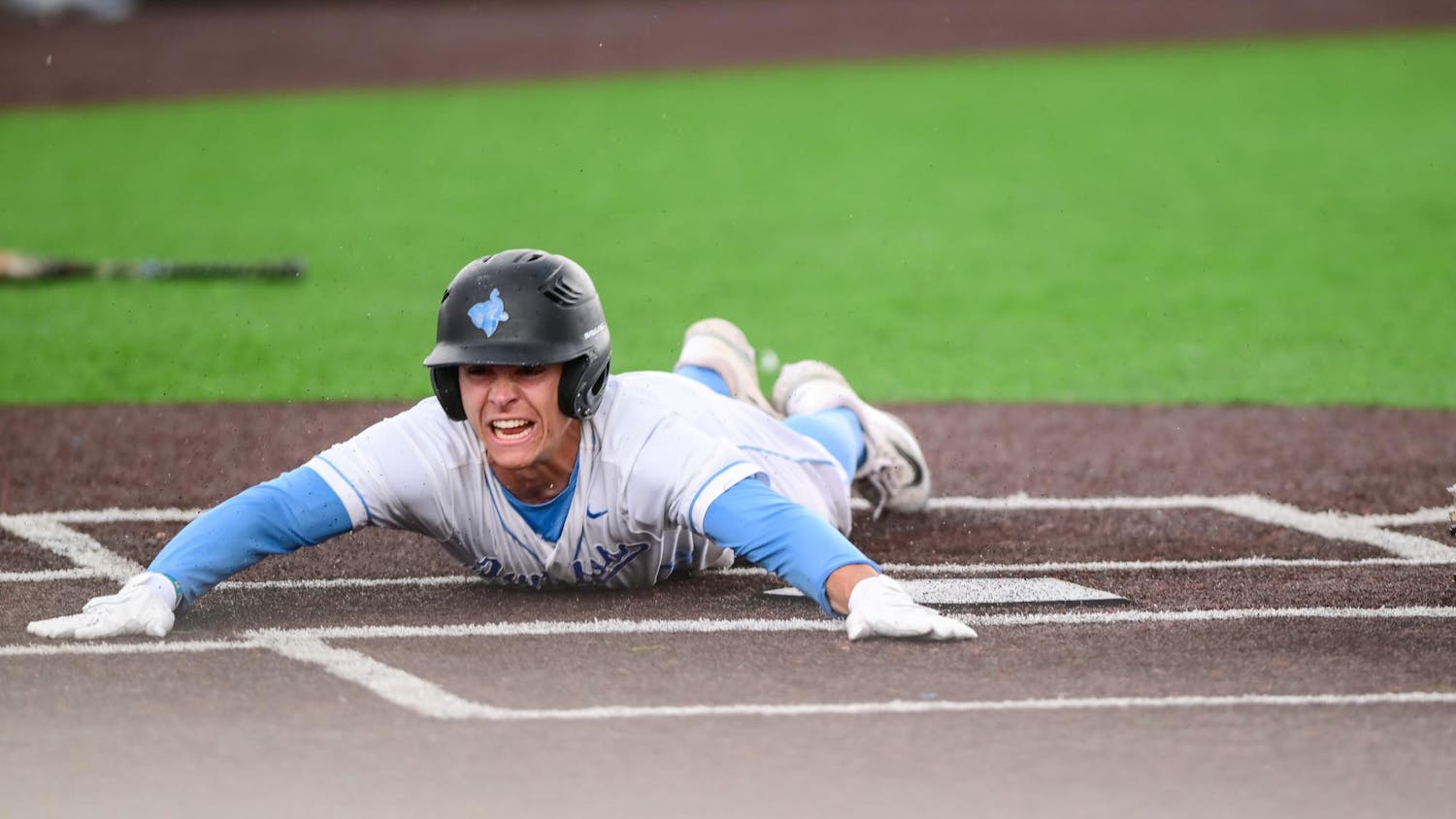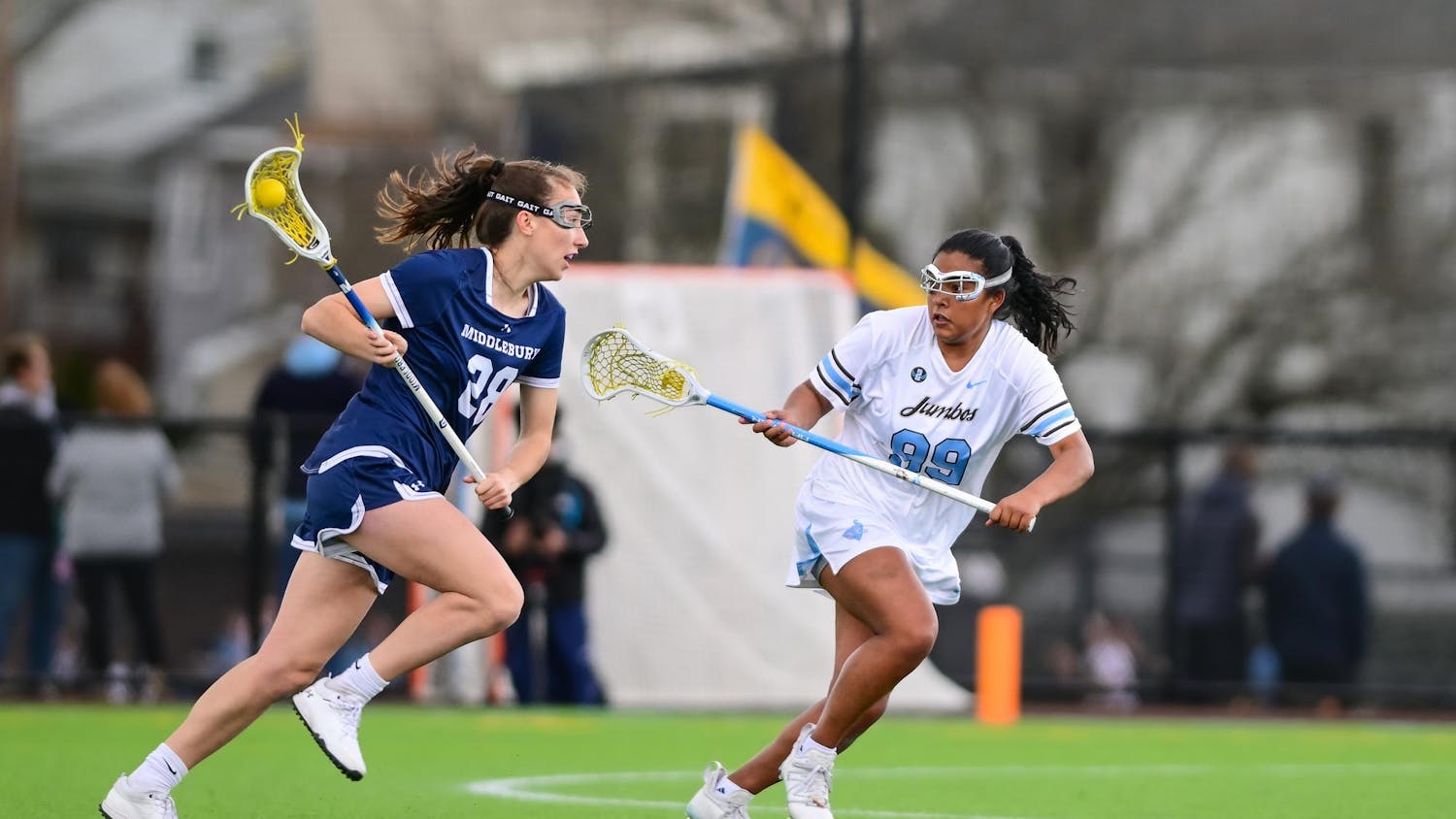More than ever before, it seems like even casual football fans are beginning to religiously follow the running, jumping and lifting that makes up the NFL scouting combine. This phenomenon has turned what used to be a formal way for NFL scouts to get a final look at hundreds of college prospects into an overblown week-long circus that, like Linsanity, has consumed sports media outlets for the majority of the last week.
Originally termed the National Invitational Camp, the scouting combine was first held in Tampa, Florida in 1982. After making stops in Arizona and New Orleans, the combine was moved to Indianapolis in 1987, where it has been held in February every year since.
The biggest change to the combine, however, came in 2004, when the NFL lifted the ban on media presence and cameras, so that the league's newly-launched NFL Network could broadcast one-hour highlight shows after each day of workouts. Since then, the NFL Network, which continues to have full broadcasting rights, has increased its coverage dramatically and now airs more than 30 hours of combine "action" over the course of the week.
Having become so ingrained within the fiber of NFL addicts who are looking to get their football fix, the combine now attracts more attention than it deserves, affecting the offseason training regimen of college prospects and even the decision making of some NFL front offices.
First of all, the whole event is becoming stale and repetitive, especially now that it is in its ninth year of television broadcast. You know exactly what to expect before the combine even starts: Some quarterback will be touted as the best prospect since John Elway or Dan Marino, a top defensive prospect will show underwhelming athletic ability, a consensus top-10 pick will be criticized for skipping the event and Rich Eisen will attempt to run the 40-yard dash in a three-piece suit.
The only thing less exciting than watching the combine is listening to the so-called football experts talk about the combine. Nevertheless, the NFL Network has beefed up its live analysis, adding former NFL stars Marshall Faulk and Michael Irvin this year to discuss such important topics as the proper starting stance before running the 40-yard dash or the best breathing technique during the bench press.
Moreover, there has been an almost laughable focus on analyzing which events certain prospects choose not to compete in. Why did Heisman quarterback Robert Griffin III decide to go through all the general running and jumping events but not throw? Why did Oklahoma State star wideout Justin Blackmon participate in drills but not run the 40? The real question should be: Why am I, or anyone else for that matter, still watching this?
Football fans shouldn't buy into the combine hype, mostly because much of the data collected by NFL scouts at the combine has yet to be proven as a good indicator of a player's ability to perform at the highest level. In fact, a team of researchers led by Brian D. Lyons empirically proved in a 2011 study that the 40-yard dash, 20-yard shuffle and three-cone drill are poor measures of future performance and that a prospect's overall body of work in college is a much better way to judge potential draft picks.
But despite that, the heightened influence of the combine has popularized the term "workout warrior," referring to an unheralded college player who raises his draft stock after an especially impressive showing at the combine. Owners and general managers, always looking for more "speed and athleticism," draft these types of players too early and, more often than not, make mistakes that financially hinder their teams and waste premium draft picks.
--
Alex Arthur is a sophomore who has not yet declared a major. He can be reached at Alexander.Arthur@tufts.edu.





